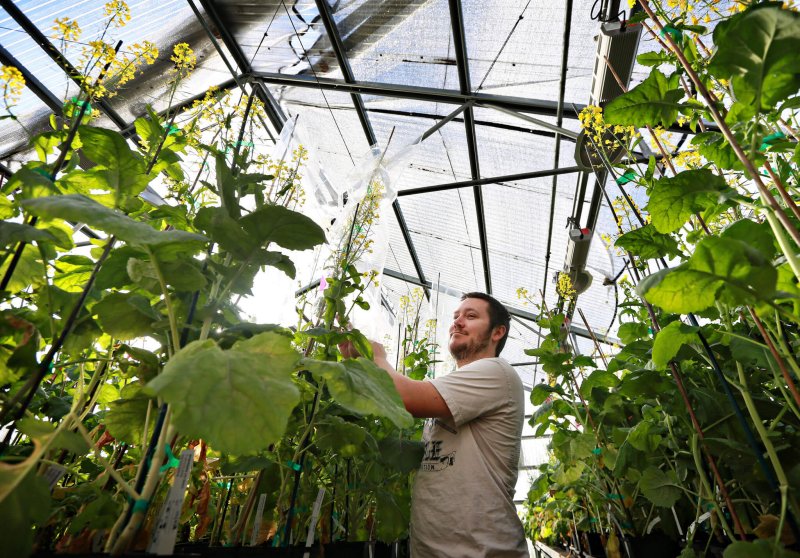Gene-edited plants differ from traditional GMOs because the method used to modify their genetic codes differs, and they often don’t contain DNA from another organism. Older genetic-modification techniques added entire segments of foreign DNA to an organism’s genome to obtain desirable traits. In contrast, gene editing changes only a few base pairs — the genome’s building blocks — within the organism’s DNA to alter a specific gene.
…
Health Canada and the [Canadian Food Inspection Agency, or] CFIA categorize new organisms into two categories, “novel” and “non-novel.” In the context of gene editing:
“Novel” organisms have traits that are not naturally occurring and have not been previously approved for sale by Health Canada and the CFIA. Organisms that pose an obvious risk — they could be toxic or cause an allergic reaction, for instance — or that contain foreign DNA in the final product are considered novel.
“Non-novel” organisms are organisms that have a history of safe use, show no characteristics that are new to the species and do not contain genetic material from another organism after its genome has been edited.
Currently, GMOs on the market in Canada must pass through Health Canada and the CFIA to determine if they are “novel.” If so, they are subject to regulatory oversight; seeds that exhibit “non-novel” traits will not.































